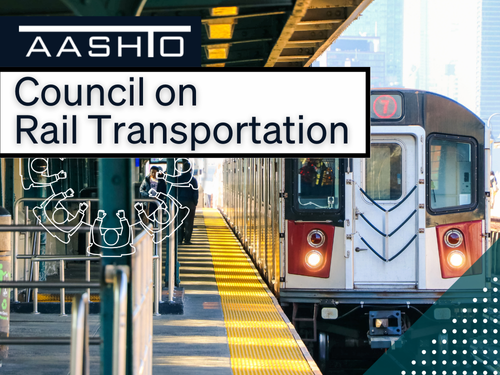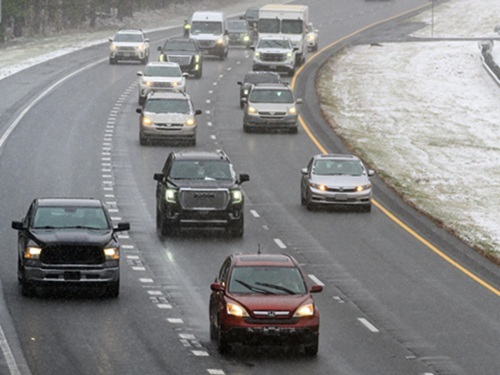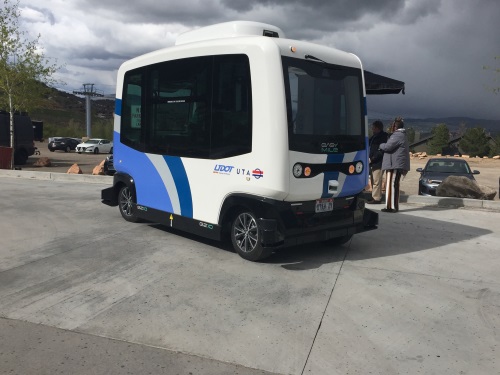New research compiled by the Autonomous Vehicle Alliance (AVA), the Intelligent Transportation Society of America (ITS America), and AARP examines how technology can provide “barrier-free mobility” to people with age-related or physical impairments – helping them navigate their immediate surroundings when they enter and exit the vehicle.
[Above photo of the Utah DOT AV Shuttle pilot project operating at the AASHTO Spring 2019 meeting in Park City, UT.]
The research outlines three “opportunity areas” where technology can increase and improve mobility options:
- Merging the physical world with digital wayfinding tools. This concerns the “seamless merge” between digital tools and backend software with vehicles and their supporting infrastructure. Such seamless combinations would help “facilitate more personalized journeys,” the report said – eliminating the stress of mobility challenges and ensuring a complete trip from point of origin to destination.
- Understanding the impact of Universal Design language on AVs. Leveraging universal design or UD would allow shifting the focus to zero entry (no steps required), high head clearance (necessary for wheelchairs and other mobility devices), and interior vehicle features that meet all riders’ needs. If developers use UD language to create digital mobility tools, vehicle management systems could present relevant, real-time information on a more personal level.
- Coordinating vehicle design language with infrastructure. Thinking holistically about the entire mobility experience allowed researchers to identify a new opportunity: design language for developing new vehicles should be coordinated with design language for their supporting infrastructure. This approach would maximize efficiency and allow for “seamless navigation” by riders – with the potential for the vehicle to create its own infrastructure if needed, the report said.
Currently, AARP said more than one billion people across the world are living with a disability, with more than 60 percent of people with disabilities reporting major obstacles as it relates to travel and mobility.

In the United States, one in four adults – 61 million people – have a disability and with age disability becomes more common, affecting about two in five adults age 65 or older.
The research also includes “journey maps” detailing how people with varied ability levels – prosthetic limbs; white cane; hearing loss; etc. – would navigate various trips that include an accessible vehicle.
Many of the findings also suggest applying common functionality and design language to other vehicles in the mobility mix, such as buses and streetcars, would better serve people of all abilities. In addition, coordinating design language between the vehicle and infrastructure would help maximize the efficiency and effectiveness of the journey.
“For the first time, vehicle manufacturers and infrastructure creators have an opportunity to work together and create a common design language – one they both could use,” said Tim Woods, AVA’s general manager, in a statement. “We can provide a solution that meets the mobility needs of the majority of transportation users. Autonomy is giving us a chance to do things in a way we never have before.”
“This is another example of the power of transportation technology to transform people’s lives – in this case, for those who don’t have access to traditional mobility modes that so many of us take for granted,” added Shailen Bhatt, president and CEO of ITS America.
 Nation
Nation
Registration Open for AASHTO’s Winter Rail Meeting
December 19, 2025 Nation
Nation

